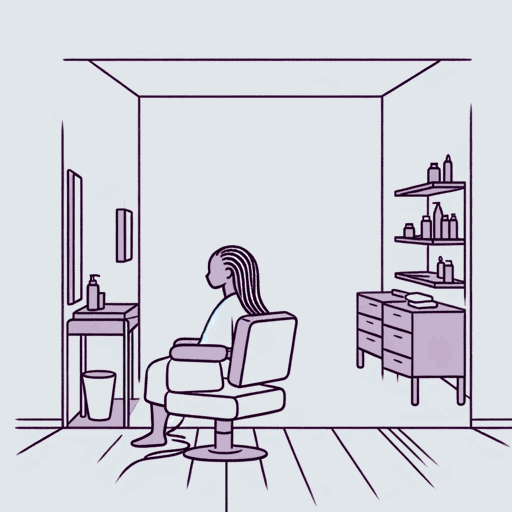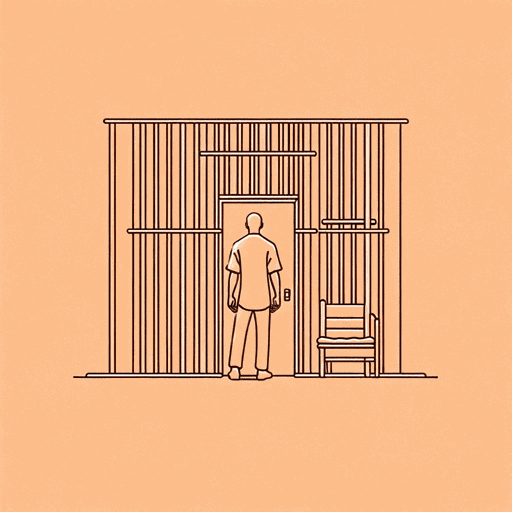30 pages • 1 hour read
Chimamanda Ngozi AdichieCell One
Fiction | Short Story | Adult | Published in 2007A modern alternative to SparkNotes and CliffsNotes, SuperSummary offers high-quality Study Guides with detailed chapter summaries and analysis of major themes, characters, and more.
Literary Devices
First-Person Perspective
Literature written in the first-person perspective is told by a character involved in the action of the narrative from their own point of view (using the pronouns I/me). In “Cell One,” Adichie writes the story from the first-person perspective of a character who is not the protagonist himself but rather his younger sister. This technique capitalizes on the inherently limited nature of the first-person perspective to maintain some degree of mystery surrounding Nnamabia and the events of the story, contributing to the unsettling ambiguity of what happens in the prison. Since the narrator is not always with Nnamabia, there are gaps in her access to essential information. Prime among these unknowns are the questions surrounding Nnamabia’s guilt and the horrific occurrences within cell one, which the narrator never fully ascertains.
Nnamabia’s inscrutability to the narrator is established early in the story, when she observes, “I don’t know whether Nnamabia felt remorse for stealing her jewelry. I could not always tell from my brother’s gracious, smiling face what he really felt” (Paragraph 9). Here, the narrator’s limited perspective reinforces a disconnect between the two characters and reinforces the notion that the narrator’s understanding of events may not be as complete as she sometimes thinks.
Related Titles
By Chimamanda Ngozi Adichie

Americanah
Chimamanda Ngozi Adichie

Apollo
Chimamanda Ngozi Adichie

A Private Experience
Chimamanda Ngozi Adichie

Birdsong
Chimamanda Ngozi Adichie

Checking Out
Chimamanda Ngozi Adichie

Dear Ijeawele, or a Feminist Manifesto in Fifteen Suggestions
Chimamanda Ngozi Adichie

Half of a Yellow Sun
Chimamanda Ngozi Adichie

Purple Hibiscus
Chimamanda Ngozi Adichie

The Danger of a Single Story
Chimamanda Ngozi Adichie

The Headstrong Historian
Chimamanda Ngozi Adichie

The Thing Around Your Neck
Chimamanda Ngozi Adichie

We Should All Be Feminists
Chimamanda Ngozi Adichie

